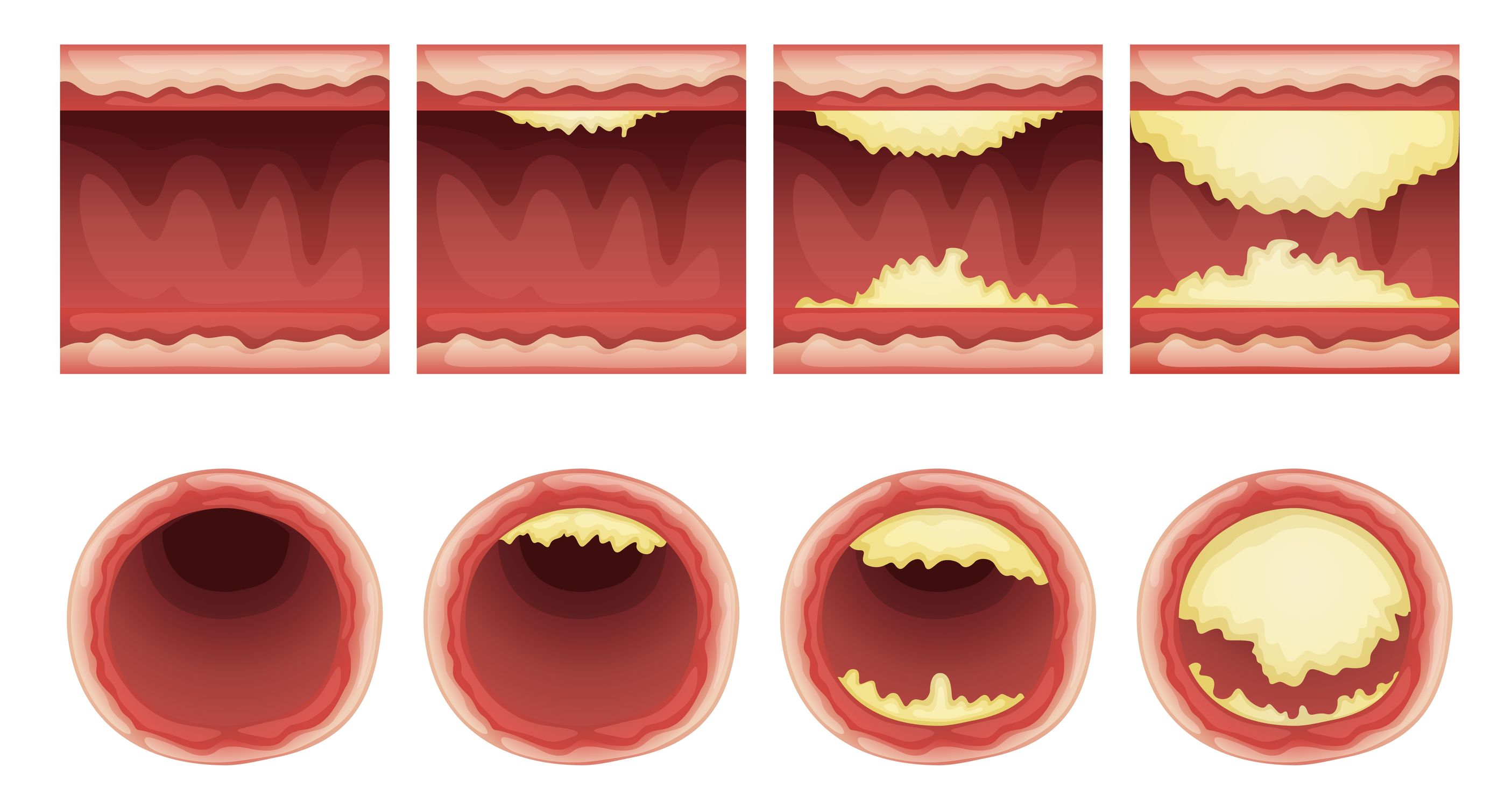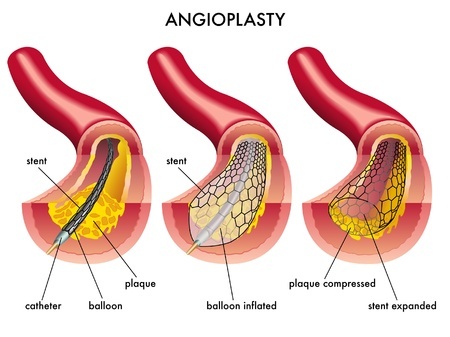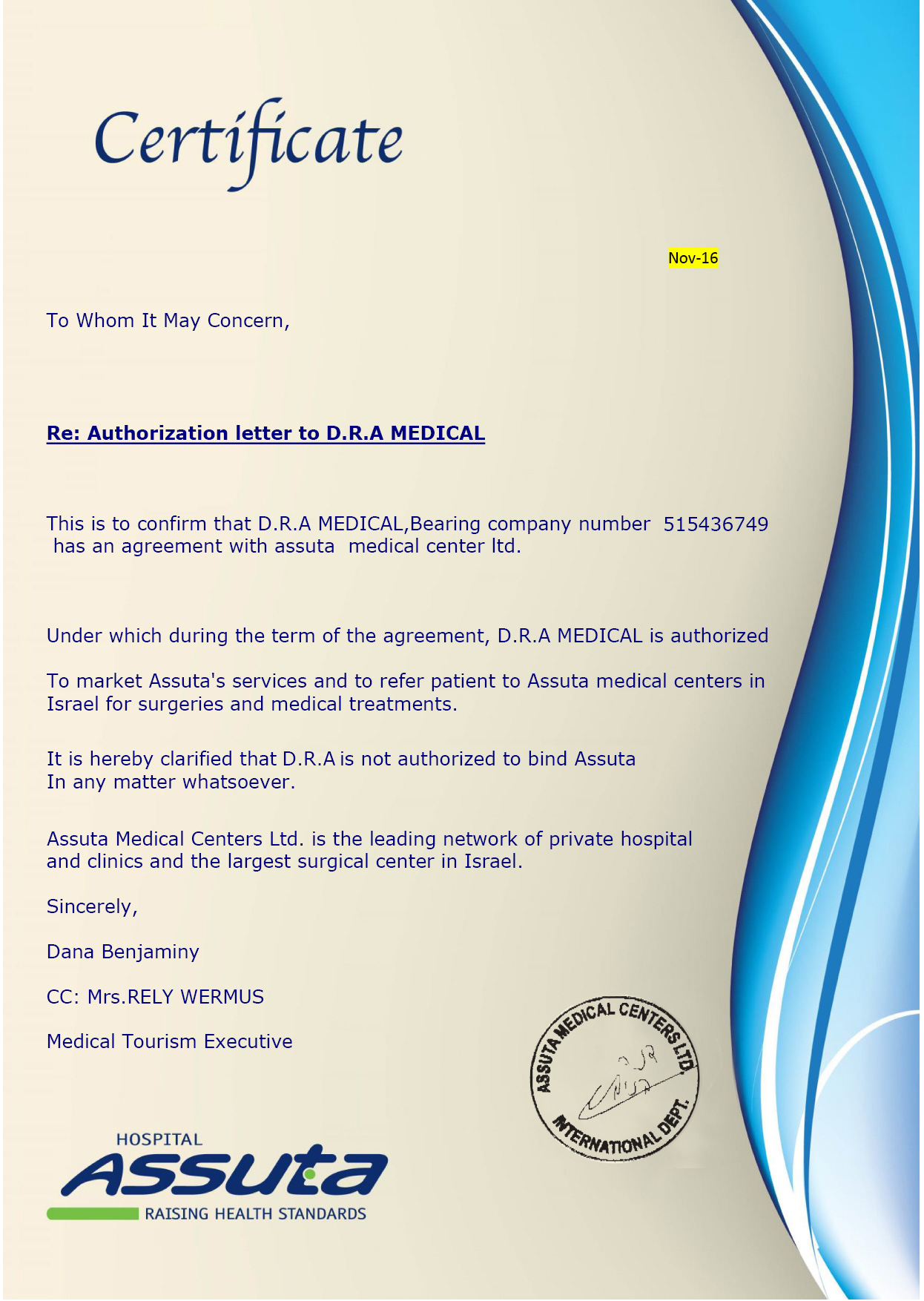What is Angioplasty?
Angioplasty is a technique which involves the mechanical widening of blood vessels which have impaired functioning due to narrowed lumen. This procedure uses an inflatable balloon which is carefully inserted through an access site. This is considered to be a less invasive procedure compared to the usual surgical method. The access site is known to be just a small incision site. Aside from the small balloon, a catheter, guide wire and metal mesh may also be used to keep the blood vessel walls open and ensure the smooth flow of blood. It may be noticed that Angioplasty has about the same procedure as stenting. Like stenting, Angioplasty may also involve the use of x-ray to ensure the correct placement of the small balloon along the affected blood vessel.
The lumen of the blood vessel tends to become narrow due to the presence of blockages which, later on, when left untreated, can totally close the pathway of the blood. These blockages which are great threats to normal vascular health are known as plaques. These plaques are made up of specific materials like fibrous tissues and calcium. The presence of such materials can cause the arteries to become stiffer than normal thus initiating a condition known as atherosclerosis. Atherosclerosis is known to be one of the major causative factors of myocardial infarction or what is commonly known as stroke.










